On an Island well known for celebrating anniversaries of all sorts, the town of Oak Bluffs this week quietly passed a milestone with nary a mention or nod. There was no celebration in Ocean Park, no ringing of bells in town churches, and no plaques or statues were dedicated.
On the surface, it would seem the benchmark would warrant all due pomp and circumstance. One hundred years ago, on Jan. 24 1907, Oak Bluffs was created. But the centennial mark is also misleading. The town wasn't actually created a century ago, only the name was changed - from Cottage City to Oak Bluffs.
A closer look at the history of the two names reveals that the path from Cottage City to Oak Bluffs is lined with historical landmarks. In many ways, the name change paralleled the town's journey from a secluded religious sanctuary to a honky tonk tourist destination, perhaps an irony in its own right.
When a small band of Methodists from Edgartown in 1835 selected a plot of land to pitch their tents for a camp meeting site - they could not have predicted that their dream of religious freedom would be the start of the Vineyard as a summer resort.
After clearing away a small stand of scrub oaks and intermittent patches of brush, the group set up a circle of tents and called the encampment Wesleyan Grove.
The area was actually part of Edgartown, and would remain part of that town until 1880. Gradually over the years the tents were replaced with wooden cottages, the first of which was built in 1859 by Perez Mason of Fall River. Wesleyan Grove later came to be known as Vineyard Grove, and this was the name given the first post office established in 1870.
Around this time the Camp Ground was a fledgling year round-community. The first child was born in the Camp Ground in December of 1871 at the home of Mr. and Mrs. Frank P. Vincent, and he was named - appropriately enough - Wesley Grove Vincent.
By the late 1870s, the mood had changed sufficiently to kindle a serious bid for secession from Edgartown. After the end of the Civil War, the whaling industry in Edgartown had all but collapsed, and many people in the Camp Ground felt that town leaders were never going to respond adequately to the needs of the what was known as the northern section. Private interests and development companies in the Camp Ground had provided water and lighting for the residents, while the town of Edgartown did nothing.
A petition for separation came before the state legislature in early 1879 and was voted down on the floor. By May of that year, proponents of the division had regrouped and were ready for a fight to the finish.
The exact origin of the name Cottage City is unclear. One account published in 1879 in the Vineyard Gazette referred to the area as "Oak Bluffs, Vineyard Grove and Vicinity."
Many had begun calling the town Oak Bluffs, after the Oak Bluffs Land and Wharf company, which was formed in 1867 to develop the area that up to then had been defined largely by the Camp Meeting association. The company created a wharf where the Steamship Authority now stands, a plank walk and bathhouses along the beach, and the mammoth Sea View House.
The name was so prevalent that it seemed possible that the newly created town might be called Oak Bluffs. A rare map titled Village of Oak Bluffs circa 1866 was created as a study tool for town planners. The map includes no Ocean Park, and a road that created a boundary to the Camp Ground was named The Circuit.
The name Cottage City is linked to the creation of the newspaper Cottage City Star, begun in 1879 largely to keep the issue of secession in the public eye.
The newspaper was later renamed the Martha's Vineyard Herald, and began to cultivate support for secession from nonresident taxpayers, many of whom were wealthy and influential, with the promise that the new town government would be in a better position to listen and respond to the concerns of Cottage City residents.
Soon the Gazette was drawn into the fray on the side of those opposed to the division. Editorials on both sides of the issue were written throughout the summer of 1879, and Island residents were divided on the issue.
The battle moved back to the state house where both sides lobbied legislators, but the anti-divisionists soon learned that only 14 of the 92 representatives who had voted their way the previous year were returned to their seats. Very quickly, it became obvious that the autonomy of the new town - to be named Cottage City - would be a simple matter of legislative procedure.
The name stuck for three decades, despite its obvious shortcomings - the town was not a city nor was it completely defined by the Camp Ground cottages. Meanwhile, religious fundamentalism faded, and a summer resort began to emerge.
Large hotels sprang up all over town, including the Highland House, the Island House, the Pawnee, Oakwood and the Metropolitan. The town was touted as "a great American watering place" by promoters, and the area become a popular destination for young lovers and newlyweds. The idiom of "bluffing" came to define the popular moonlight stroll out to Lover's Rock, and bands played a popular song called the Oak Bluffs Gallop.
By the turn of the century Oak Bluffs had eclipsed Cottage City as a common name.
In January of 1907 the first bill to change the name from Cottage City to Oak Bluffs was reported in the state legislature. The committee on towns gave a hearing on the bill that lasted just 30 minutes, and 15 minutes later the committee approved the change unanimously.
Few people are alive today who can remember when anyone referred to the town as Cottage City. A more accurate reflection of the impact of the change can be taken from an editorial written by former Gazette editor Henry Beetle Hough on the 25th anniversary of the name change.
The country editor noted that for a time after the change, many passengers on the steamer ferry allowed themselves to be carried past their destinations to Nantucket because they expected to be hear Cottage City called; the name Oak Bluffs meant nothing to them. The steamboat company, Mr. Hough wrote, began the practice of paging all decks with the cry of: "Oak Bluffs, Cottage City, last stop on the Vineyard."
He also wrote that the change to Oak Bluffs was likely, and thankfully, the last change on an Island previously defined by a rotating array of names both for the towns and the Island itself.
"Edgartown was first known as the Town Upon the Vineyard, and then, more formally, as Great Harbor. Tisbury has remained the same, but its more familiar name, Vineyard Haven, took the place of Holmes Hole. And speaking of changes in name, what many versions there were and what transitions we went through in the early days before the Island's own named emerged forever as Martha's Vineyard," he concluded.

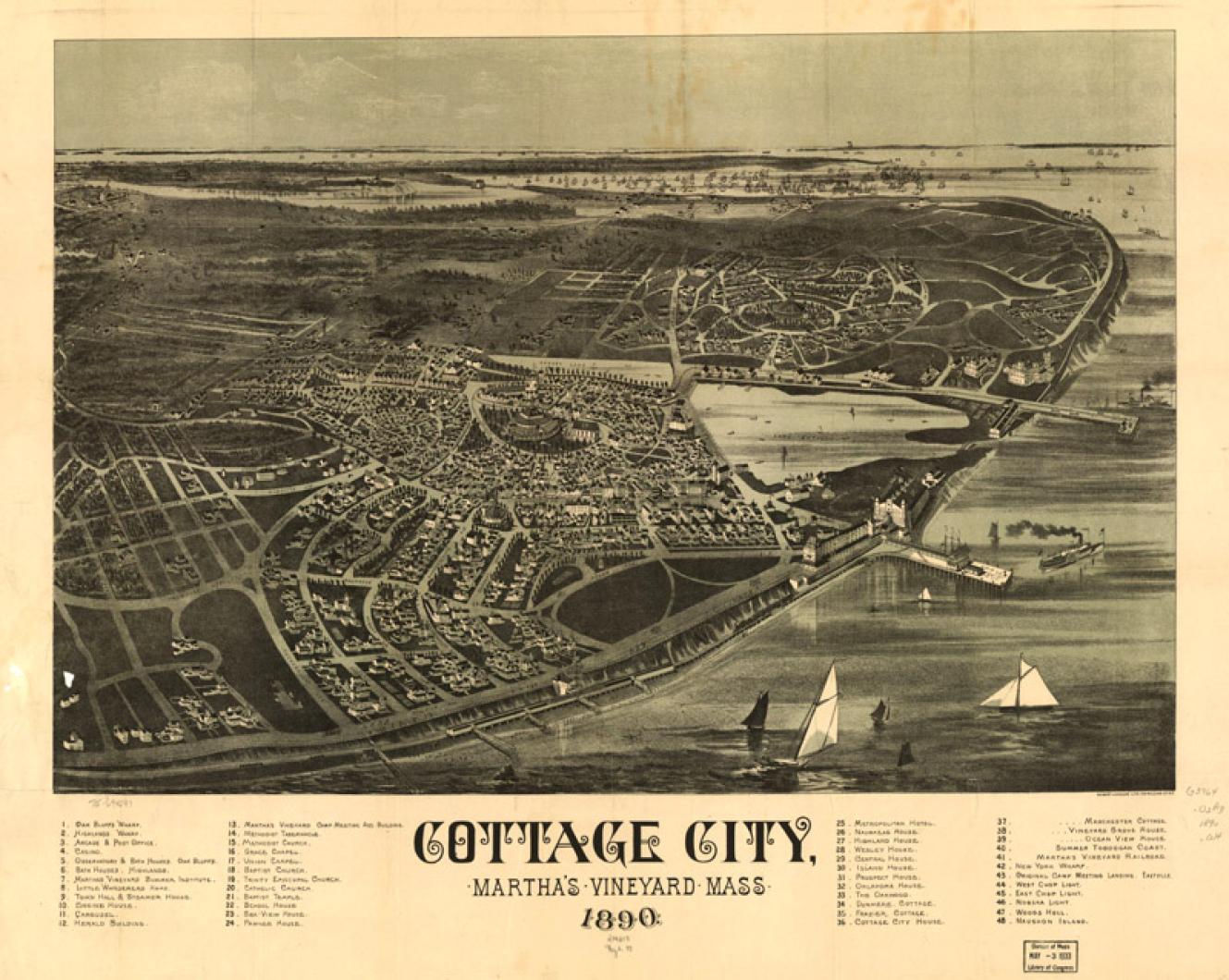
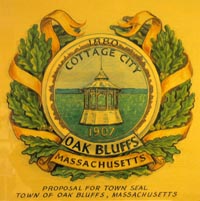
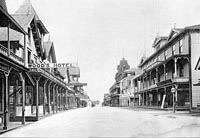
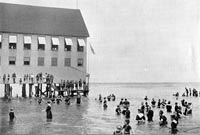
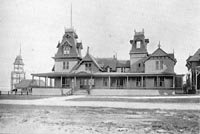





Comments (2)
Comments
Comment policy »